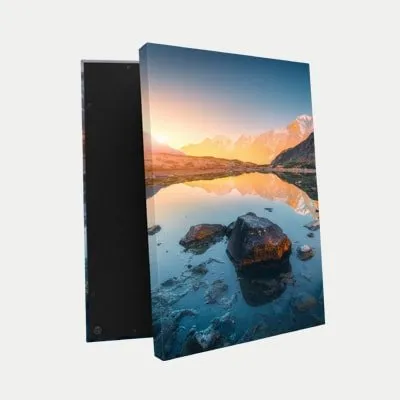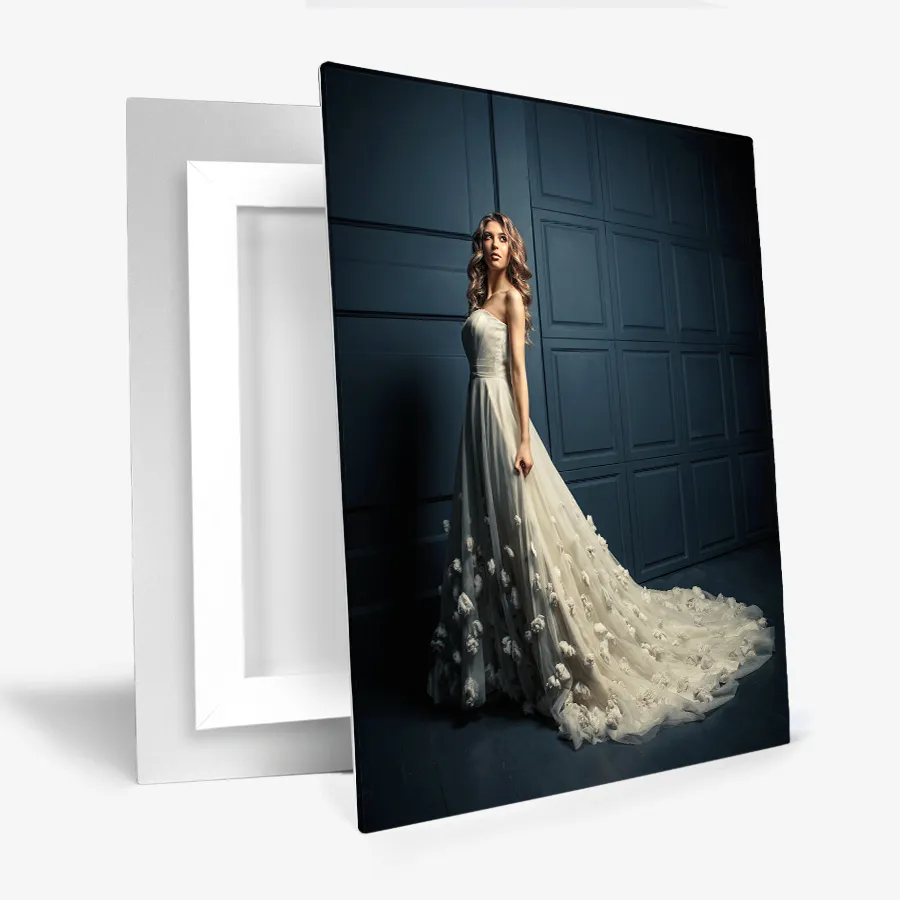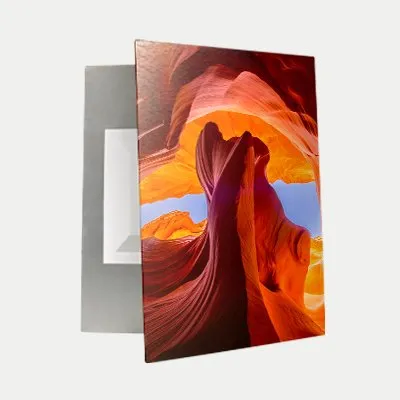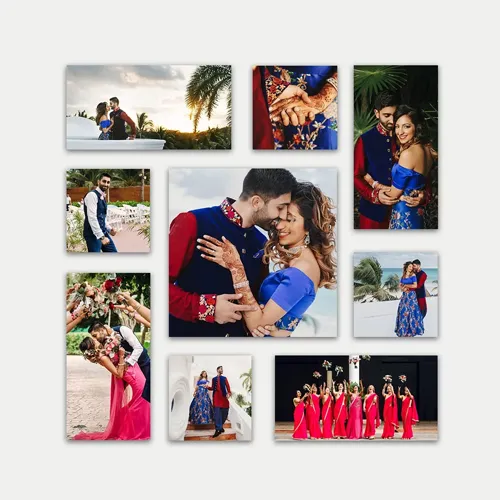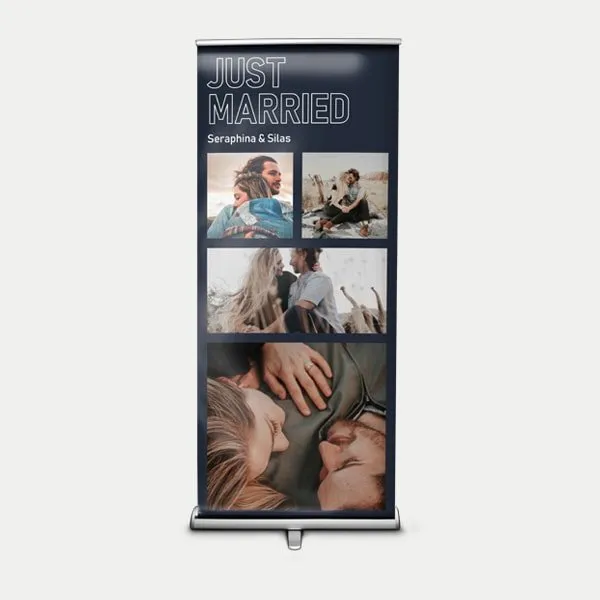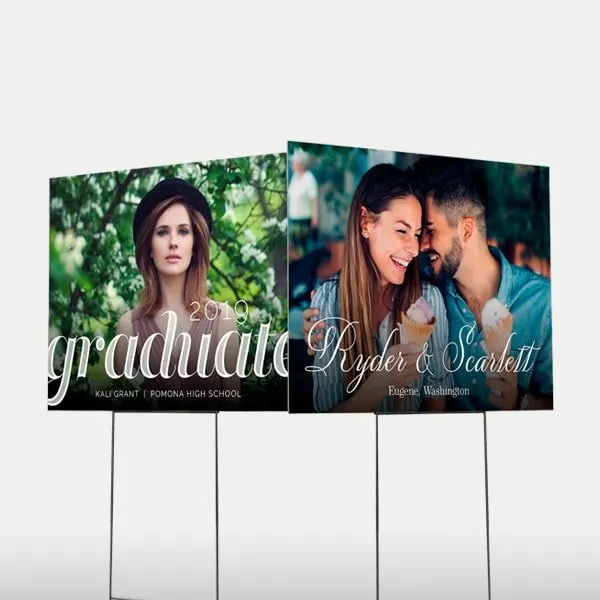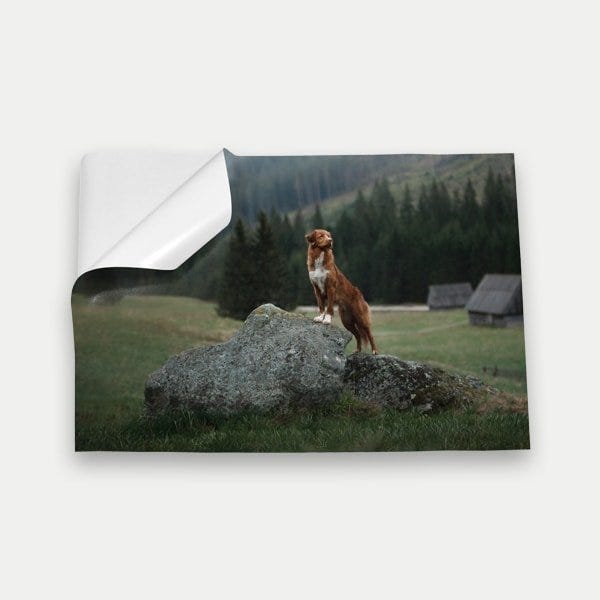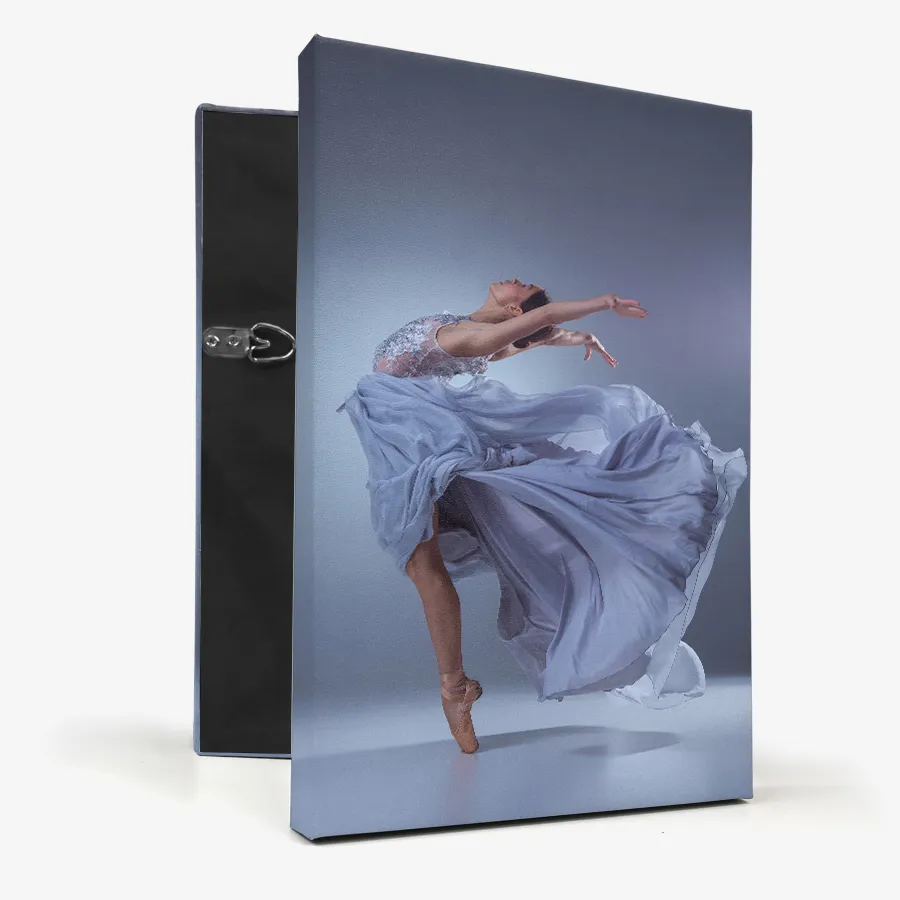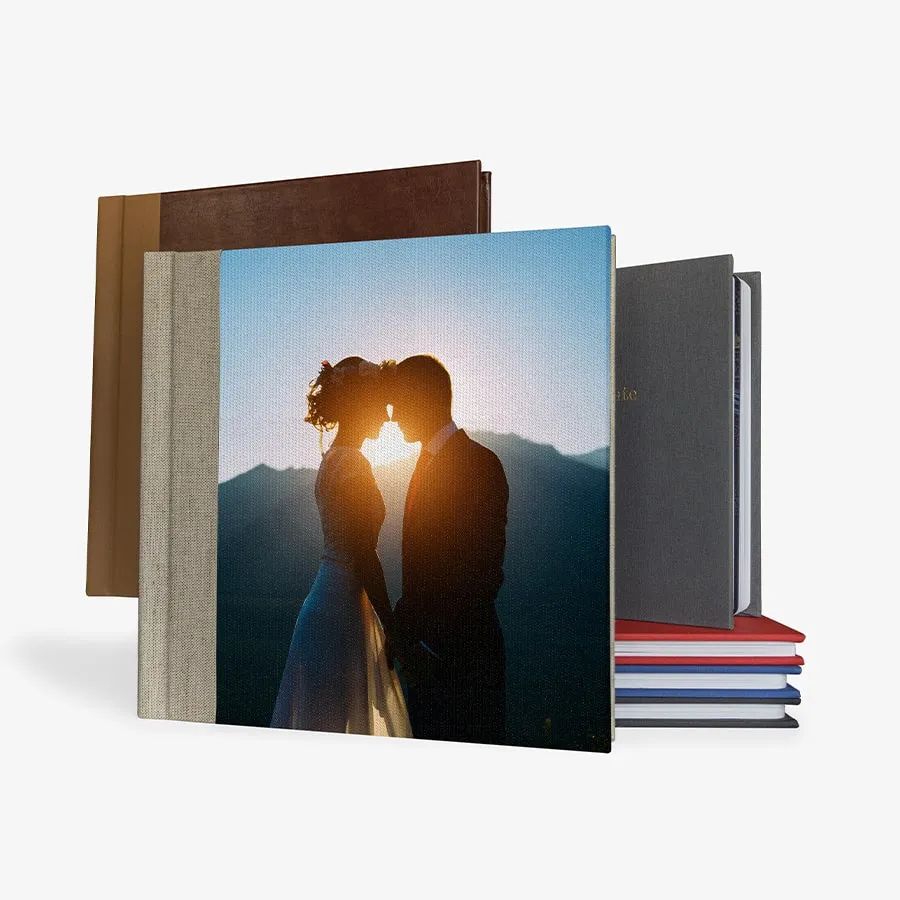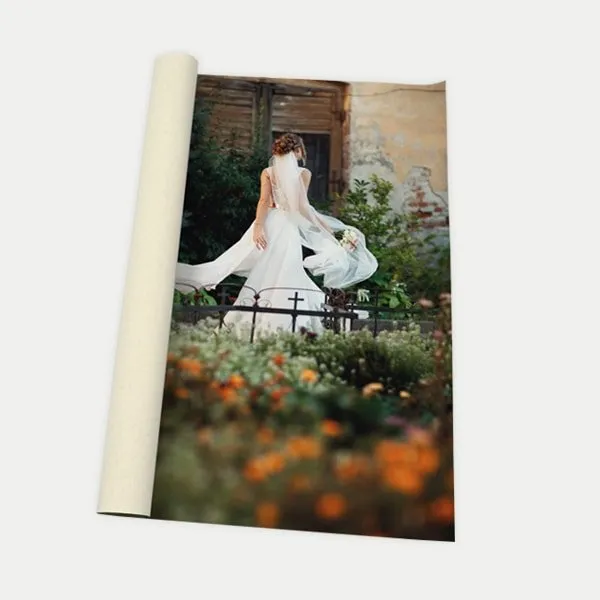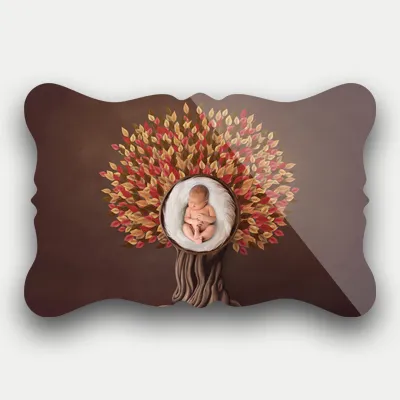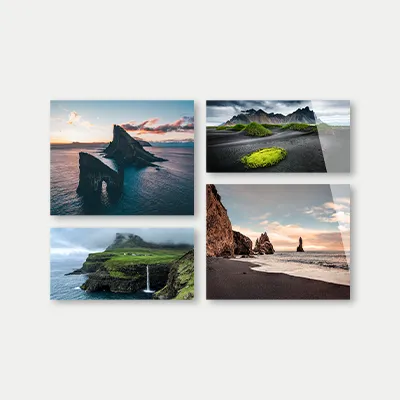Protecting Your Photography Equipment in the Cold this Winter

The winter season can be a challenging time for photographers, especially those who love to capture stunning images in the great outdoors. With plummeting temperatures and harsh weather conditions, it's crucial to make sure your photography equipment is protected from the elements.
In this article, we're going to dive into some tips that will help you keep your gear in tip-top shape, so you can continue to take breathtaking images even in the harshest of conditions.

Invest in Weather-Resistant Gear and Packs
Winter weather can be unforgiving, and it's essential to have equipment that's up for the challenge. When shopping for cameras and lenses, look for those that are weather sealed. This means that they are designed to resist water and dust, making them an ideal choice for photographers shooting in snowy and icy conditions. Put the same consideration into how you carry your gear as well, from waterproof backpack or other pack to carry your gear. By investing in weather-resistant gear, you'll be opening up a whole new season to yourself as a professional photographer. Check out our blog article here to help you find the best camera bag for keeping your gear safe in the cold.
Keep Your Gear Warm
The cold can be brutal, and it can quickly drain your camera's battery. To ensure that your equipment stays warm, use a hand warmer or keep it inside a warm bag when it's not in use. You can also use a camera heater to keep your gear warm overnight. By keeping your gear warm, you'll be extending the life of your battery, making it easier for you to capture images when you're out in the field.

Use Lens Hoods and Filters
Lens hoods and filters are an essential accessory for photographers in the cold winter months. They help protect your lens from moisture and snow, and they also reduce the amount of light entering your lens. By using lens hoods and filters, you'll be taking an extra step to protect your gear and ensure that you get the best possible images even in snowy conditions.
Avoid Sudden Temperature Changes
Sudden temperature changes can cause condensation to form on your equipment, which can potentially lead to damage. To avoid this, make sure to acclimate your gear to the temperature before you start using it. If you've been inside a warm building for a while, then let your equipment sit in the cold for a couple minutes before shooting. This can significantly reduce the risk of damage from the moisture and condensation outside.
Use a Rain Cover
If you're going to shoot in wet conditions, then be sure to use a rain cover to protect your camera and equipment. If you shop around, you can find rain covers that are specifically designed for cameras, and they'll help keep the elements at bay. By using a rain cover, you'll be giving yourself the peace of mind that your equipment is protected, even in the wettest of conditions. Plus, they’re generally quite affordable, so there’s no reason not to add one to your kit.

Carry Extra Batteries
Because of the cold temperatures, camera batteries tend to drain way faster in the winter. Therefore, to make sure you don't miss a shot, you should always carry a few extra batteries. Keep them in a warm place, such as inside your jacket, and they’ll be ready when you need them. You should also check the battery life of each one before heading out. A spare battery at the right time can be the difference between capturing that perfect shot and missing it forever.
Bring a Microfiber Cloth
When shooting outside in the winter, snow and ice can cause your lens to fog up. This is something you should be prepared for. To clear up the lens, it’s highly recommended that you bring a microfiber cloth with you. It's a gentle way to clean your lens without scratching it, and it's small enough to carry wherever you go. It's also useful for cleaning off any snow or ice that accumulates on the lens hood or camera body.

Use Tripods
Tripods are an essential tool, especially in the winter when the light can be low. They can help keep your camera steady, so you can take sharp and focused images, even in really windy conditions. Look for tripods that are sturdy and weather-resistant so that your camera stays in place no matter what. Remember, a tripod will also free up your hands, allowing you to focus on adjusting settings or adding filters to your lenses.
Prepare Your Camera for the Cold
Before heading out, make sure to prepare your camera for the weather. Check the battery life, make sure all the seals are tight, and clean the lens and body of any debris. If you're shooting in extreme temperatures, consider using a camera heater to keep your gear warm. These simple steps can ensure that your camera is ready to go when you are, and that it will function properly in the harsh winter weather.
Check the Weather
Also, before heading out on a shoot, you should check the weather. This will help you figure out what gear you need and what clothing to wear. Knowing the weather conditions ahead of time also helps with planning shots and ensures you’re prepared for any situation. Check the forecast for temperatures, wind, and precipitation, and plan accordingly. This will allow you to focus on capturing stunning images, rather than dealing with unexpected and demanding conditions.
Final Thoughts
The winter can be a challenging season for photographers, but it doesn't have to be. By following these tips, you'll be able to keep your equipment protected and in good condition, no matter what the weather has in store. So, go ahead and capture those stunning winter landscapes and portraits. Don't let the cold hold you back. With the right gear and preparation, you'll be able to take breathtaking images all winter long.
ProPrints offers custom canvas wraps, metal prints, acrylic blocks, and much more, ProPrints can help you showcase your best photos the way they were meant to be seen.


